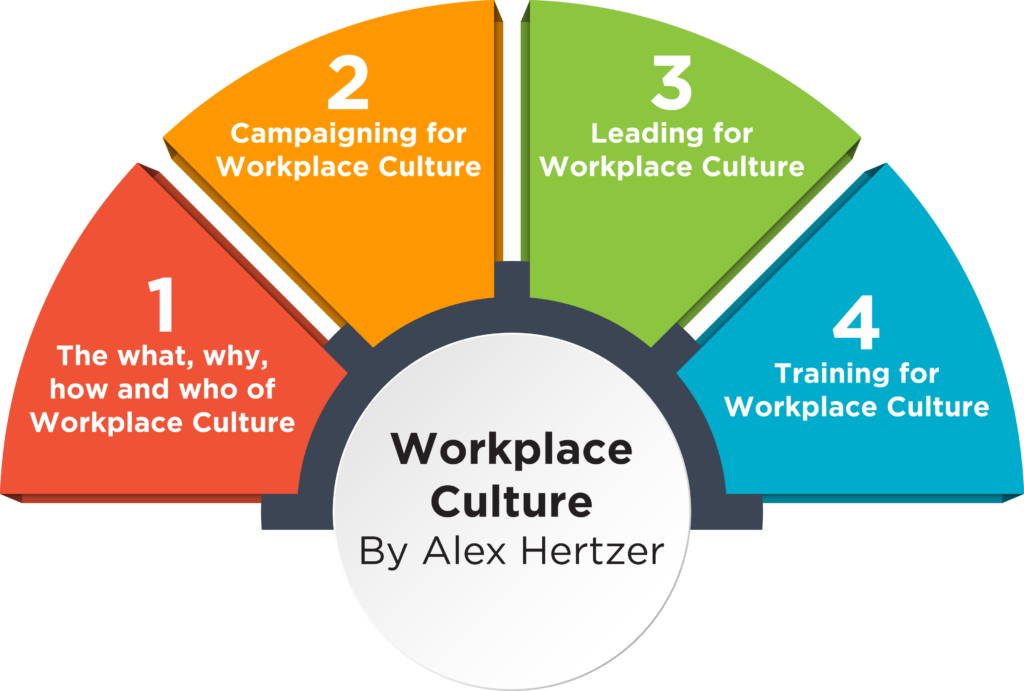For a printable version of this 4-part series by Alex Hertzer, assistant director of Mahoning Valley Manufacturers Coalition, click here.
 Training is the key to ensuring that the proper processes are taking place on the plant floor.
Training is the key to ensuring that the proper processes are taking place on the plant floor.
Many companies, unfortunately, just do training through osmosis.
“Go stand next to Jim and watch what he does.”
It’s a very hands-off and frankly lazy way of training people.
Just like with boosting the morale in your company, you must be intentional about your training.
Mapping ideas for employees
The old adage says if you fail to plan, you plan to fail.
Well, if there is no training plan for employees, you are setting them up for failure. Employees must not only have a plan but know what the plan is for them.
This type of engagement puts accountability on the employee to really own their training plan. Most often when we are setting up new training or rethinking our old programs, we so often forget the human element of training as well.
We choose trainers who have the most knowledge or who have been doing the job the longest.
However, we forget to equip those trainers with the soft skills needed to give effective training.
Because of this obstacle, the MVMC has found a solution.
Upskilling internal trainers
We help offer a “train the trainer” course through the National Institute for Metalworking Skills (NIMS).
(Click here for more information)
While culture in a company is a very complex idea and takes a lot of effort to change and maintain, start with something small, and then be more intentional with incremental workplace culture changes from there.

